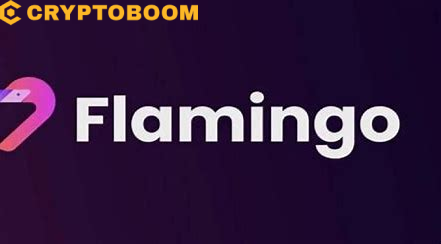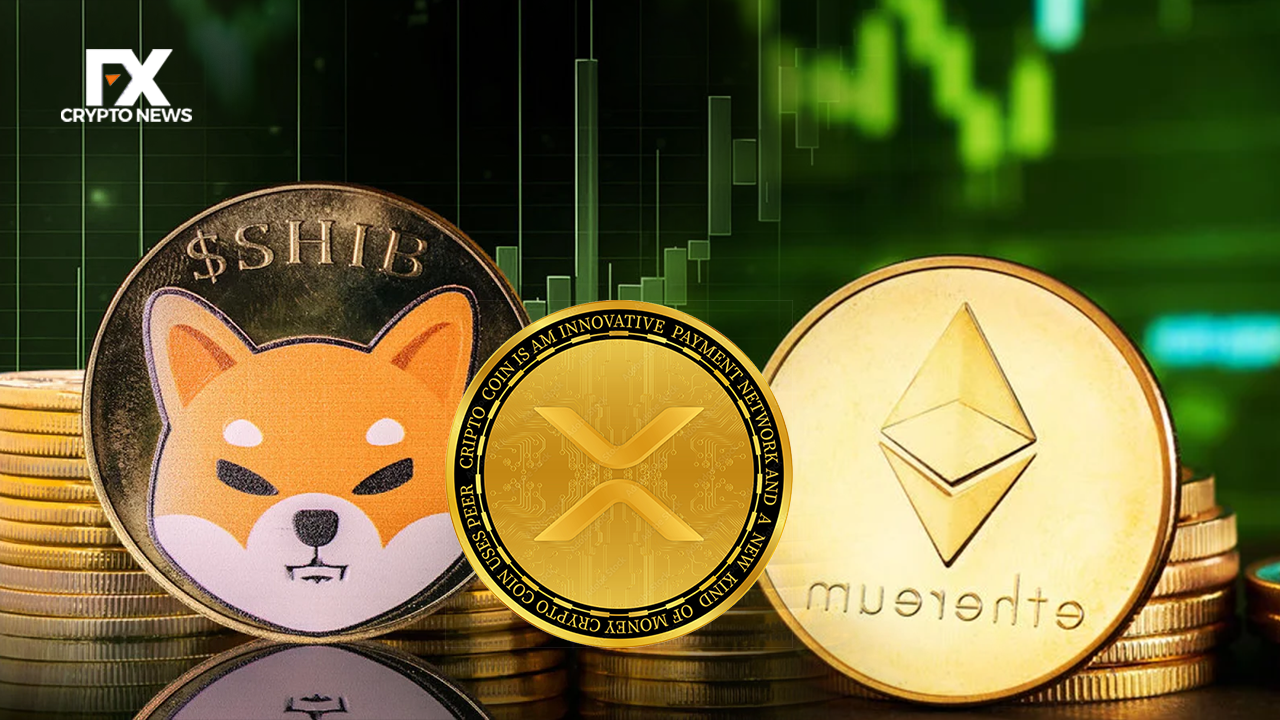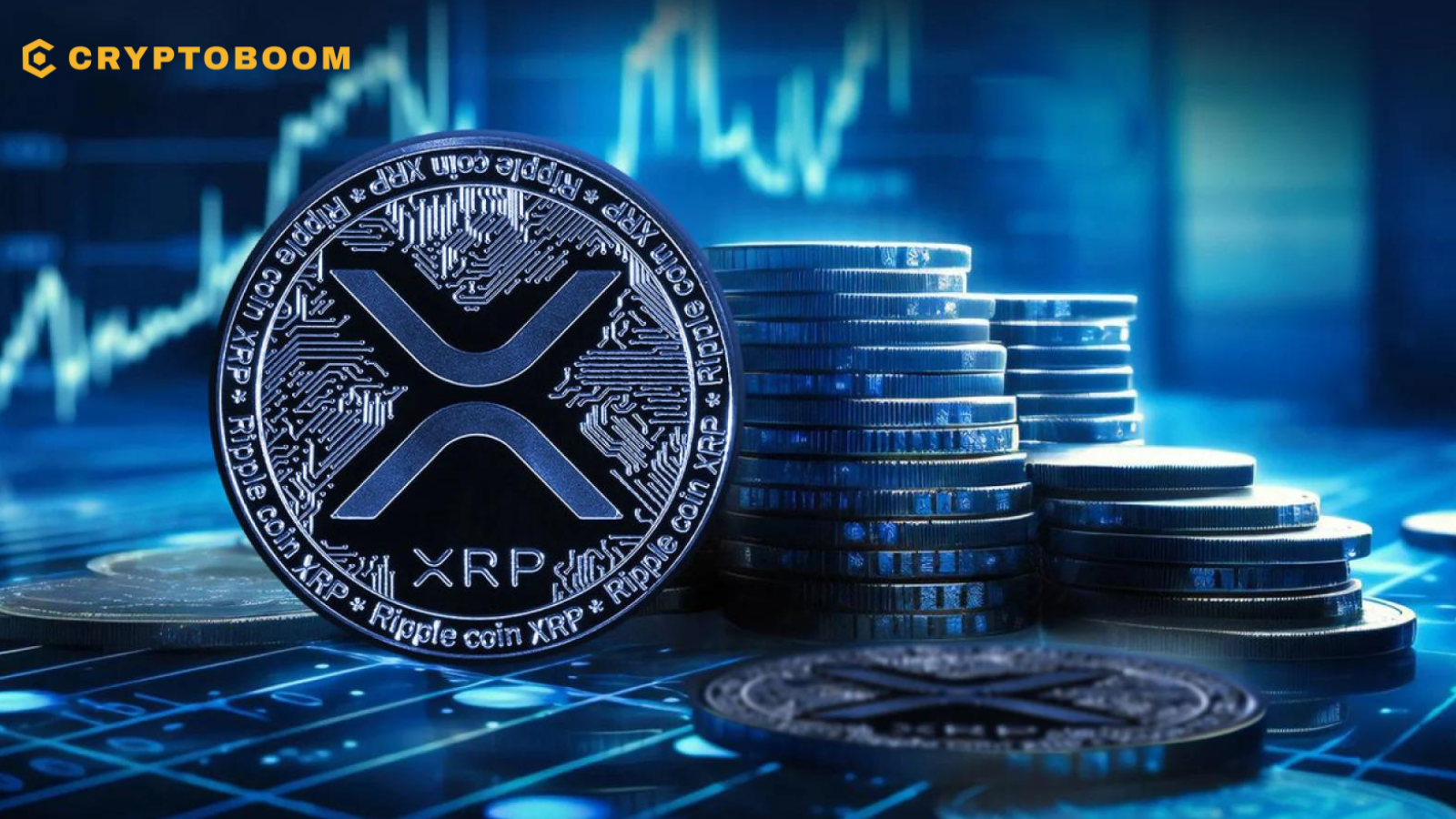Introduction
The influence of cryptocurrencies on global finance is profound and continually growing. Cryptocurrencies offer innovative solutions to traditional financial challenges, promoting decentralization, transparency, and accessibility. Flamingo (FLM) is one of these cryptocurrencies, gaining attention for its unique approach to decentralized finance (DeFi) on the Neo blockchain. This article explores Flamingo’s significance, technological foundation, and potential as an investment. Detailed price predictions for 2024, 2025, 2030, and 2035 will be provided to help investors make informed decisions.
Cryptocurrency Overview
What Is Flamingo (FLM)?
Flamingo is a comprehensive DeFi platform built on the Neo blockchain, leveraging the Poly Network interoperability protocol. It integrates multiple DeFi applications into a single ecosystem, including a cross-blockchain asset gateway (wrapper), an on-blockchain liquidity pool (swap), an asset vault, a perpetual contract trading platform (perp), and a decentralized governance organization (DAO).
Components of the Flamingo Network
1. Token Wrapper: Facilitates the wrapping of assets like Bitcoin, Ethereum, USDT, Neo, Ontology, and others. Launched on September 23, 2020.
2. Swap and LP Token Staking: Enables liquidity pooling and staking. Launched on September 30, 2020.
3. Vault Launch and Stablecoin Issuance: Introduces asset vaults and the issuance of stablecoins. Launched on October 28, 2020.
4. Perpetual Contract Trading Platform: Provides perpetual contract trading. Launched on November 25, 2020.
5. **Decentralized Governance Organization (DAO)**: Empowers users to participate in governance. Launched on December 23, 2020.
Who Are The Founders Of Flamingo?
Flamingo was founded by Da Hongfei, a prominent figure in the blockchain space, known for co-founding Neo, one of Ethereum’s main competitors. Hongfei has a degree in English and technology from the South China University of Technology and has previously worked as the CEO of IntPass Consulting. He ventured into the blockchain industry in 2013-2014, leveraging his coding skills and vision for decentralized solutions.
The Flamingo team comprises over 50 full-time collaborators with experience from companies like AMD, Microsoft, Apple, Dell, Google, and Ubisoft, ensuring a robust foundation and expert guidance.
What Makes Flamingo Token Unique?
Flamingo stands out by combining multiple DeFi tools into a unified platform governed by its users through a DAO. This comprehensive approach includes token wrapping, liquidity pooling, asset vaults, and contract trading, all aimed at the Neo cryptocurrency. Flamingo’s ecosystem is designed to eliminate third parties and single points of failure, aligning with the core principles of DeFi.
Key Features of Flamingo
1. Cross-Blockchain Interoperability: Facilitates seamless transactions across different blockchain networks.
2. Integrated DeFi Tools: Offers a range of DeFi services within a single platform.
3. User-Governed DAO: Enables decentralized governance, empowering users to make decisions about the platform’s future.
4. High Security: Utilizes Neo’s robust security protocols, including SHA-256 and RIPEMD-160 hash functions.
How Many Flamingo (FLM) Coins Are There in Circulation?
FLM tokens are issued in batches, distributed based on participation in the network. Notably, no FLM tokens were pre-sold or allocated to the team before the public launch. The initial distribution phases were as follows:
1. Mint Rush: 50 million FLM distributed in the first week after the Vault launch.
2. Swap and Liquidity Provision: 40 million FLM distributed to liquidity providers from weeks 2-5.
3. Further Liquidity and FUSD Minting: 30 million FLM distributed from weeks 6-9.
4. Extended Distribution: Another 30 million FLM distributed from weeks 10-13 among liquidity providers, FUSD minters, and Perp traders.
After these initial phases, new FLM token issuance and distribution are governed by the DAO’s consensus, with no upper limit on the total supply.
Read more: Ultra (UOS) Price Prediction 2024, 2025, 2030, 2035 | Is UOS Worth Holding?
How Is the Flamingo Network Secured?
FLM tokens adhere to Neo’s NEP-5 standard, ensuring compatibility and security within the Neo blockchain. Neo’s security mechanisms include SHA-256, the same algorithm securing Bitcoin, and RIPEMD-160, providing an additional layer of cryptographic security.
Flamingo (FLM) Price Predictions by Year
Predicting the future price of any cryptocurrency requires analyzing market trends, technological advancements, potential partnerships, and overall market sentiment. Here is a table of predicted maximum, average, and minimum prices for Flamingo (FLM) from 2024 to 2035:
| Year | Max Price | Avg Price | Min Price |
|——|———–|———–|———–|
| 2024 | $1.8 | $1.0 | $0.7 |
| 2025 | $3.0 | $2.5 | $1.8 |
| 2030 | $5.0 | $4.0 | $3.9 |
| 2035 | $9.0 | $8.0 | $6.0 |
Detailed Yearly Predictions
2024
In 2024, FLM’s price is expected to range between $0.7 and $1.8, with an average price of around $1.0. Factors influencing this price include:
1. Increased Adoption: Growing interest in DeFi platforms will drive demand for FLM.
2. Technological Developments: Continuous improvements in the Flamingo ecosystem will enhance its utility and attractiveness.
3. Market Trends: General trends in the cryptocurrency market will significantly impact FLM’s price. A bullish market can push prices higher, while a bearish market may cause declines.
4. Regulatory Environment: Favorable regulatory developments will boost investor confidence, leading to increased demand for FLM tokens.
2025
By 2025, FLM’s price could range between $1.8 and $3.0, with an average price of around $2.5. Influencing factors include:
1. Strategic Partnerships: Collaborations with major blockchain networks and DeFi platforms will enhance Flamingo’s visibility and user base.
2. Ecosystem Expansion: The growth of the Flamingo ecosystem, including new DeFi applications and features, will drive demand for FLM tokens.
3. Community Engagement: A strong and active community will promote adoption and demand for FLM tokens.
4. Market Sentiment: Positive sentiment towards DeFi platforms will attract more investors.
2030
In 2030, FLM’s price is expected to stabilize between $3.9 and $5.0, with an average price of around $4.0. Key factors influencing this prediction include:
1. Mature Platform: By 2030, Flamingo’s platform is likely to be mature and stable, with a significant user base and a wide range of DeFi applications.
2. Interoperability: Enhanced interoperability with other blockchain platforms will increase Flamingo’s utility and demand.
3. Global Adoption: Widespread adoption of blockchain technology and DeFi solutions will drive demand for Flamingo’s unique offerings.
4. Technological Innovation: Continuous innovation within the Flamingo ecosystem will enhance its value proposition.
2035
By 2035, FLM’s price could range between $6.0 and $9.0, with an average price of around $8.0. Factors contributing to these predictions include:
1. Long-Term Adoption: Sustained adoption and integration of Flamingo’s technology in the DeFi space will significantly increase demand for FLM tokens.
2. Regulatory Clarity: Clear and favorable regulatory frameworks will boost investor confidence and drive demand.
3. Technological Advancements: Ongoing advancements in blockchain technology and the Flamingo platform will enhance its utility and attractiveness.
4. Market Sentiment: Positive sentiment towards decentralized finance platforms will attract more investors and drive demand.
Buying Guide
Step-by-Step Guide on How to Buy Flamingo (FLM)
Choosing an Exchange
Flamingo tokens are available on several cryptocurrency exchanges, including Binance and KuCoin. Select an exchange that best suits your needs in terms of fees, security, and user interface.
Setting Up an Account
Once you have chosen an exchange, the next step is to set up an account. This typically involves providing personal information, such as your name, email address, and phone number. You may also need to go through a verification process, which can include submitting identification documents.
Selecting Payment Methods
After your account is set up and verified, you need to link a payment method. Most exchanges accept various payment methods, including bank transfers, credit cards, and sometimes even PayPal. Choose the payment method that best suits your needs.
Purchasing Flamingo
Once your account is funded, you can purchase Flamingo tokens. Navigate to the FLM trading pair on your chosen exchange and execute your purchase. You can choose to buy FLM tokens at the current market price or place a limit order at your desired price.
Storing Flamingo Securely
After purchasing Flamingo tokens, it is essential to store them securely. While you can keep them in your exchange wallet, it is generally more secure to transfer them to a private wallet, such as a hardware wallet, especially if you plan
to hold them long-term.
How Can Crypto Investors Use Flamingo (FLM)?
Buy and Hold
One option is to buy Flamingo tokens and hold onto them, hoping their value will increase over time. This strategy is suitable for investors who believe in the long-term potential of Flamingo and want to accumulate as many tokens as possible.
Read more: Ultra (UOS) Price Prediction 2024, 2025, 2030, 2035 | Is UOS Worth Holding?
Trade
Another option is to trade Flamingo tokens on cryptocurrency exchanges, buying and selling the tokens as the price fluctuates. This approach requires more active involvement and a good understanding of market trends and trading strategies. Successful traders can capitalize on short-term price movements to generate profits.
We're on Twitter, follow us to connect with us: @Cryptoboom
— Cryptoboom (@Cryptoboom29884) April 15, 2024
Use the Platform
Investors can also use the Flamingo platform to perform tasks and earn FLM tokens as payment. This approach provides an opportunity to “earn while you learn” and gain a deeper understanding of the platform. Engaging with the platform can also help investors stay informed about new developments and potential investment opportunities.
Frequently Asked Questions
Does Flamingo Have a Future?
Yes, Flamingo has a promising future, driven by its unique approach to decentralized finance. The increasing adoption of blockchain technology and decentralized platforms will likely enhance Flamingo’s relevance and demand.
Will Flamingo (FLM) Reach $10?
While precise price predictions are speculative, reaching $10 is within the realm of possibility for Flamingo, especially considering its utility and potential for widespread adoption. Factors such as market trends, technological advancements, and strategic partnerships will play a significant role in determining its future price.
Is Flamingo Secure?
Flamingo prioritizes security through its integration with the Neo blockchain and adherence to best practices in blockchain security. However, users should exercise caution and follow security protocols when interacting with the platform to ensure their investments are protected.
Conclusion
Flamingo (FLM) holds significant promise for revolutionizing the decentralized finance space through its innovative platform and robust technology. With its comprehensive approach, strategic partnerships, and commitment to community engagement, Flamingo is well-positioned for future growth and adoption. However, it is essential to recognize the volatile nature of the cryptocurrency market and exercise diligence when investing in Flamingo or any other digital asset. Staying informed, conducting thorough research, and following best security practices are crucial steps for making informed investment decisions in the dynamic world of cryptocurrencies.














